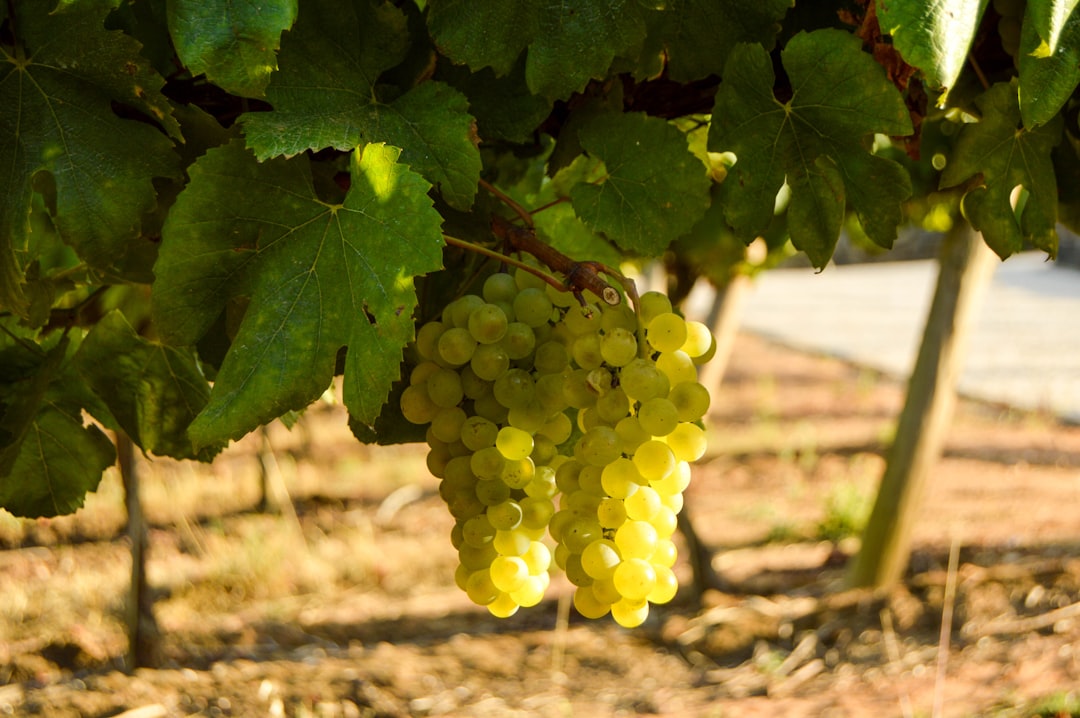Unveiling the Secrets of Shiso Cultivation

Shiso, an aromatic herb deeply rooted in Asian cuisine, has been captivating taste - buds and gardeners alike for centuries. With its unique flavor profile and vibrant appearance, it has become a must - have in many gardens. In this article, we will explore essential tips for growing shiso, starting from the very beginning - sowing the seeds.
### Understanding Shiso
Shiso belongs to the mint family and comes in two main varieties: green shiso (also known as ao - jiso) and purple shiso (aka aka - jiso). Green shiso has a milder, more refreshing flavor, while purple shiso has a stronger, spicier taste. Both varieties are used extensively in Japanese, Korean, and Vietnamese cooking, often as a garnish, in salads, or for making pickles.
### Starting Shiso from Seeds
Seed Selection
When choosing shiso seeds, look for high - quality seeds from a reputable supplier. You can find them at local nurseries, garden centers, or online. Make sure to check the expiration date on the seed packet, as fresh seeds have a higher germination rate.
Timing
Shiso is an annual plant, and it's best to start the seeds indoors about 6 - 8 weeks before the last expected frost date in your area. This gives the seedlings enough time to grow strong before being transplanted outdoors. If you live in a region with a long growing season, you can also sow the seeds directly into the garden after the danger of frost has passed.
Soil Preparation
Shiso prefers well - drained, fertile soil with a pH between 6.0 and 7.5. For starting seeds indoors, use a seed - starting mix that is light and fluffy. Fill small seed trays or pots with the mix, leaving about 1/4 inch of space at the top. Moisten the soil thoroughly before sowing the seeds.
Sowing the Seeds
Shiso seeds are very small, so handle them with care. Sprinkle the seeds evenly on the surface of the moist soil and gently press them down. Do not cover the seeds with soil, as they need light to germinate. Place a clear plastic lid or plastic wrap over the seed trays to create a humid environment. Keep the trays in a warm location, around 70 - 75°F (21 - 24°C).
Germination
Shiso seeds usually germinate within 7 - 14 days. Once the seeds have germinated, remove the plastic cover and place the trays in a bright location, but out of direct sunlight. As the seedlings grow, thin them out so that each plant has enough space to develop. Leave about 2 - 3 inches between each seedling.
### Transplanting Shiso Seedlings
When the seedlings have developed their first set of true leaves and the danger of frost has passed, it's time to transplant them outdoors. Choose a sunny or partially shaded location in your garden. Prepare the planting area by adding compost or well - rotted manure to the soil to improve its fertility and drainage.
Dig holes that are slightly larger than the root balls of the seedlings. Gently remove the seedlings from the seed trays, being careful not to damage the roots. Place each seedling in a hole and fill in the soil around it, pressing down gently to secure the plant. Water the newly transplanted seedlings thoroughly.
### Care and Maintenance
Watering
Shiso plants need regular watering, especially during dry periods. Keep the soil evenly moist, but avoid over - watering, as this can lead to root rot. Water at the base of the plants to keep the foliage dry and prevent diseases.
Fertilizing
Feed your shiso plants with a balanced, all - purpose fertilizer every 4 - 6 weeks during the growing season. Follow the instructions on the fertilizer package for the correct application rate.
Pruning
Regular pruning helps to keep the shiso plants bushy and productive. Pinch off the tips of the plants when they reach about 6 - 8 inches in height. This encourages lateral growth and prevents the plants from becoming leggy. You can also harvest the leaves regularly for culinary use, which also promotes new growth.
Pest and Disease Control
Shiso is generally pest - and disease - resistant. However, it can be susceptible to aphids, spider mites, and powdery mildew. Keep an eye on your plants and take action at the first sign of trouble. You can use insecticidal soap to control pests and a fungicide to treat powdery mildew.
### Harvesting Shiso
You can start harvesting shiso leaves when the plants are about 8 - 10 inches tall. Pick the leaves as needed, starting from the outer part of the plant. For the best flavor, harvest the leaves in the morning before the heat of the day. You can use fresh shiso leaves immediately or store them in the refrigerator for a few days.
In conclusion, growing shiso from seed is a rewarding experience. With the right knowledge and care, you can enjoy a bountiful harvest of this delicious and versatile herb throughout the growing season. Whether you're a seasoned gardener or a beginner, shiso is a great addition to any flower or herb garden.